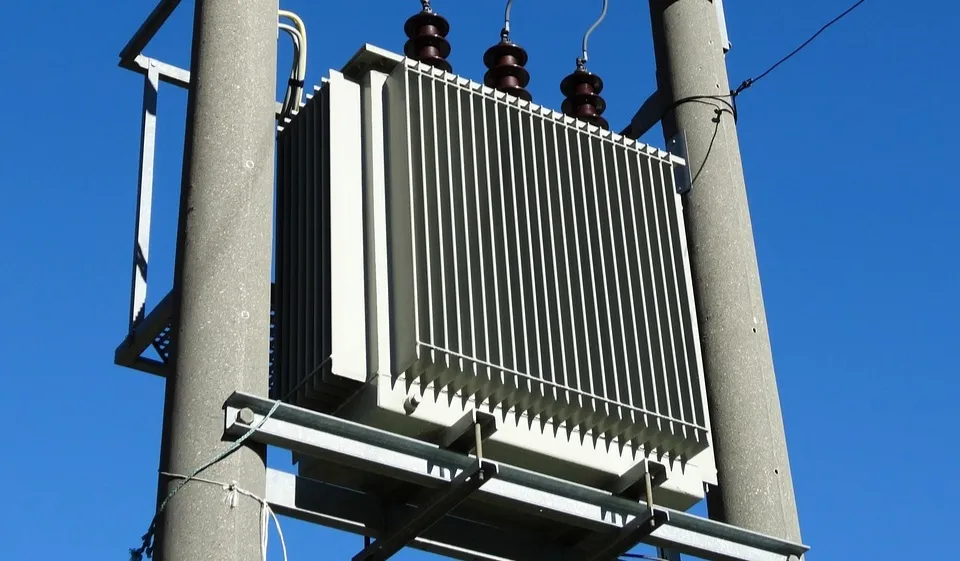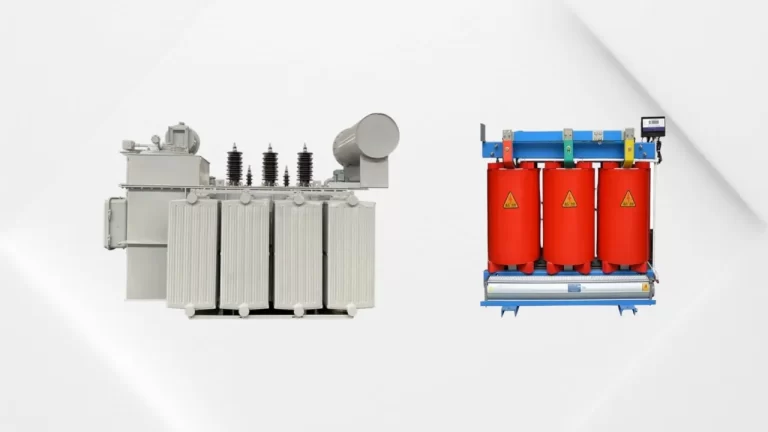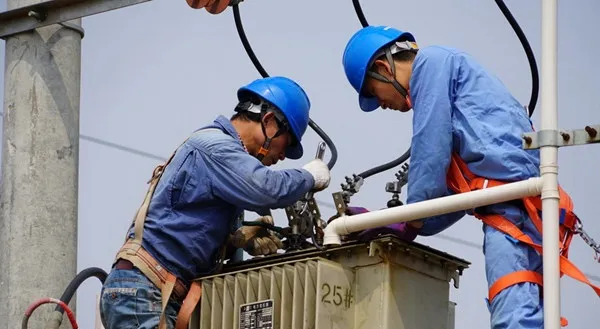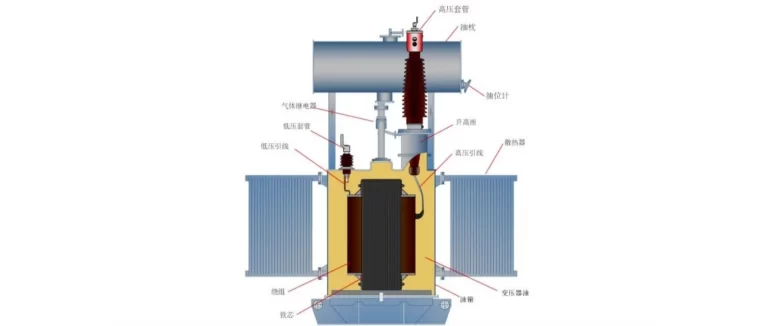Electricity transformers play a crucial role in the power distribution system. They are responsible for stepping up or stepping down the voltage levels to ensure efficient transmission and distribution of electricity. If you are considering installing a new transformer or replacing an old one, you might be wondering about the cost involved. In this blog post, we will explore the factors that influence the cost of an electricity transformer and provide you with a general idea of what to expect.

Table of Contents
What are the factors that affect the cost of an electricity transformer?
The cost of an electricity transformer can vary significantly based on several factors:
- Power Rating: The power rating of the transformer is one of the primary factors that determine its cost. Higher power ratings generally translate to higher costs.
- Voltage Level: Transformers are designed to handle specific voltage levels. The higher the voltage level, the more complex and expensive the transformer becomes.
- Transformer Type: There are various types of transformers available, such as distribution transformers, power transformers, and instrument transformers. Each type has different specifications and costs associated with it.
- Efficiency: Transformers with higher efficiency ratings tend to be more expensive. However, investing in a more efficient transformer can lead to long-term cost savings through reduced energy losses.
- Customization: If you require a transformer with specific features or customizations, the cost will be higher compared to a standard off-the-shelf transformer.
What is the average cost of an electricity transformer?
It is challenging to provide an exact average cost for an electricity transformer due to the wide range of variables involved. However, as a rough estimate, the cost of a distribution transformer can range from $5,000 to $50,000, depending on the factors mentioned above. Power transformers, which are used in high-voltage transmission systems, can cost anywhere from $100,000 to several million dollars.
Are there any additional costs to consider?
When budgeting for an electricity transformer, it is essential to consider additional costs that may arise:
- Installation: The cost of installing the transformer, including any necessary civil works, electrical connections, and safety measures, should be factored into the overall cost.
- Maintenance: Transformers require regular maintenance to ensure optimal performance and longevity. The cost of maintenance, including inspections, oil testing, and repairs, should be considered over the transformer’s lifespan.
- Transportation: If the transformer needs to be transported over long distances, the cost of transportation should be taken into account.
Conclusion
The cost of an electricity transformer can vary significantly based on factors such as power rating, voltage level, transformer type, efficiency, and customization. On average, a distribution transformer can cost between $5,000 and $50,000, while power transformers can range from $100,000 to several million dollars. It is crucial to consider additional costs such as installation, maintenance, and transportation when budgeting for a transformer. Consulting with a reputable transformer supplier or manufacturer can provide you with more accurate cost estimates based on your specific requirements.



